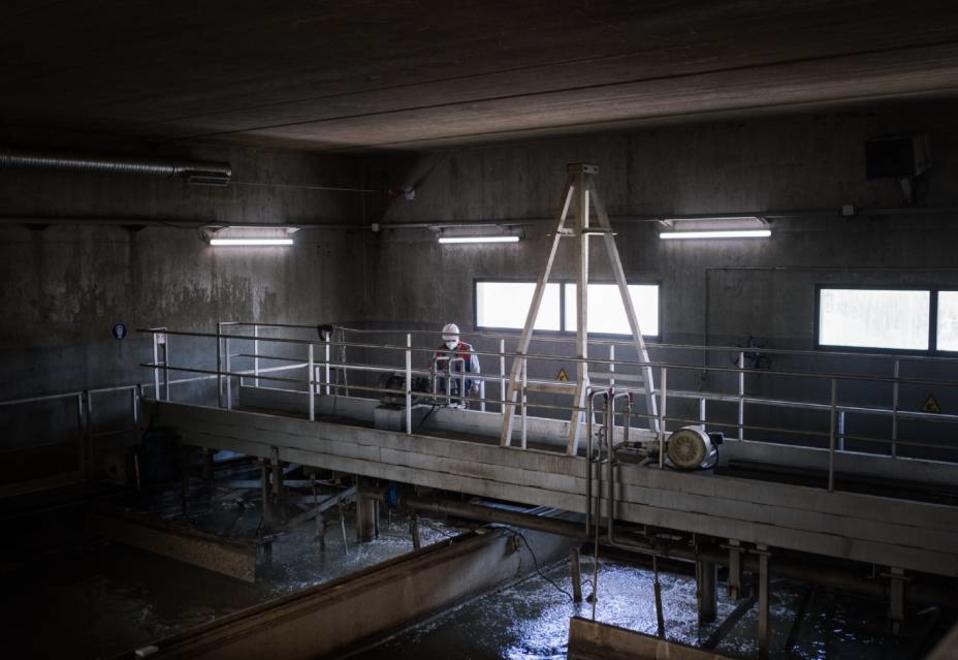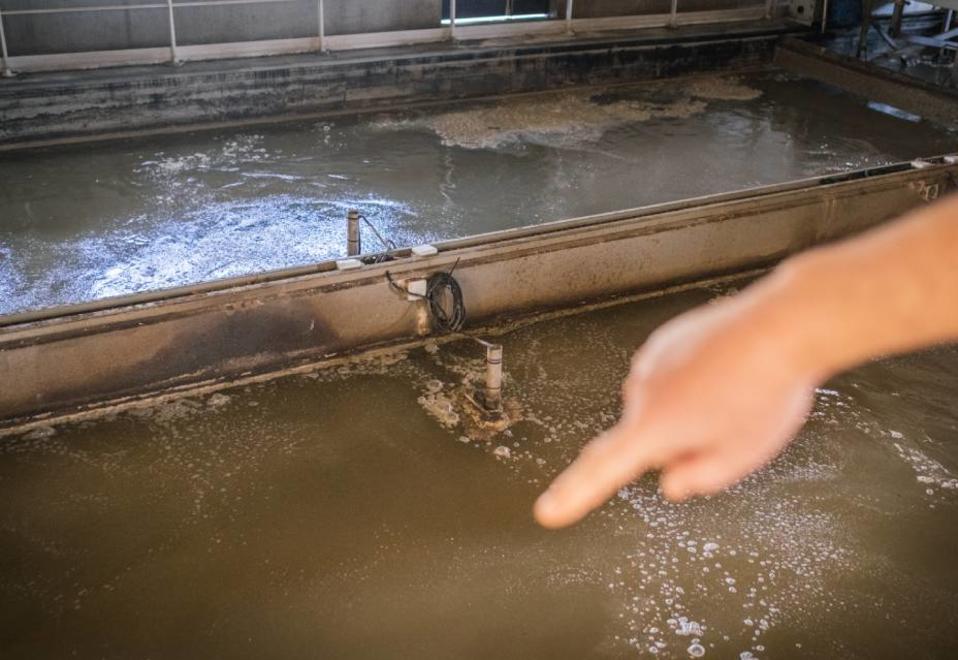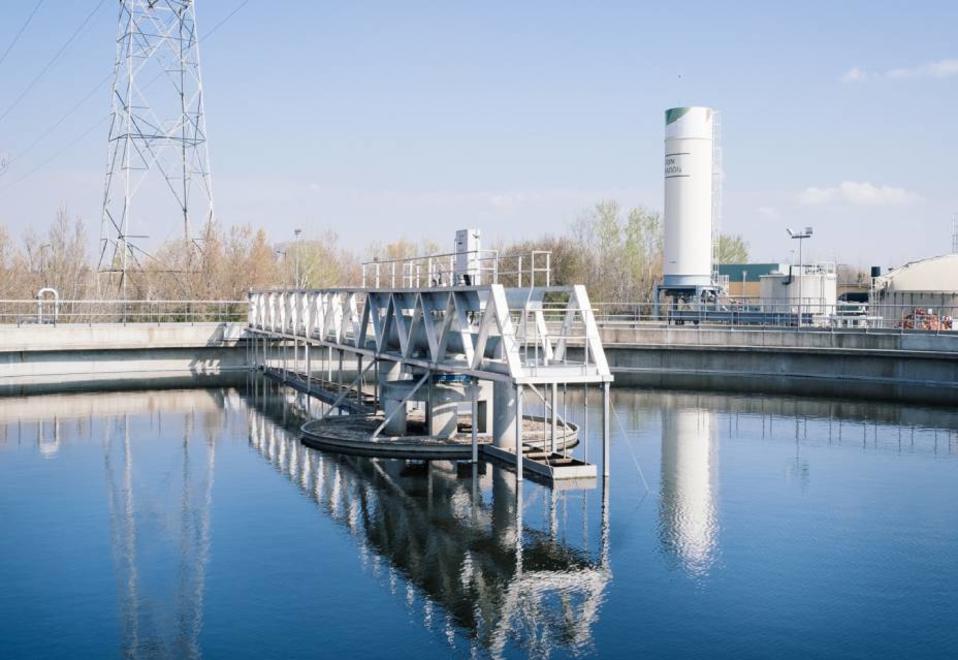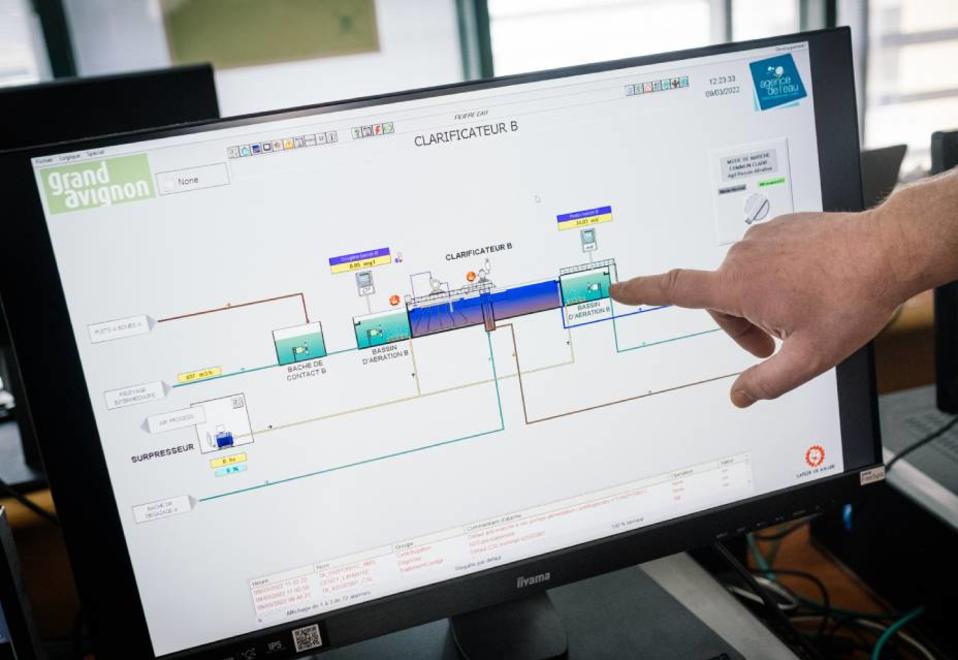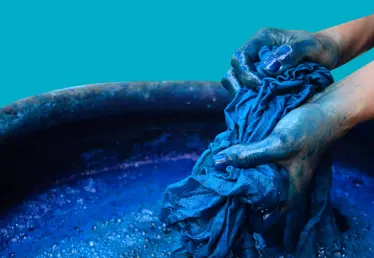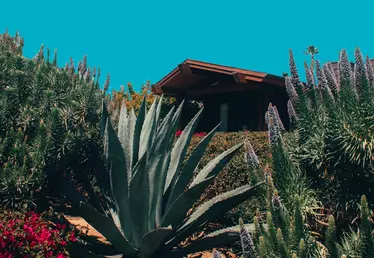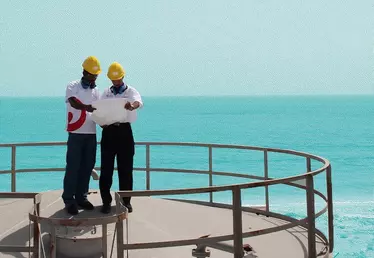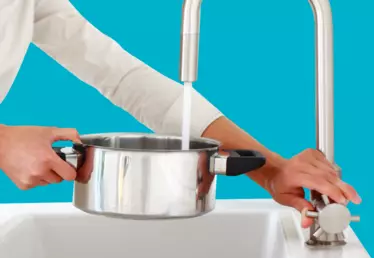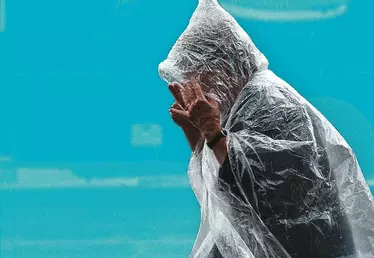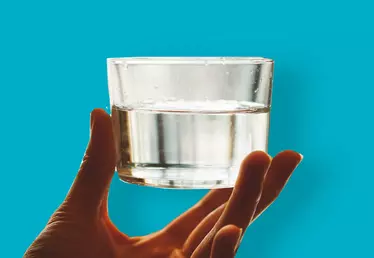
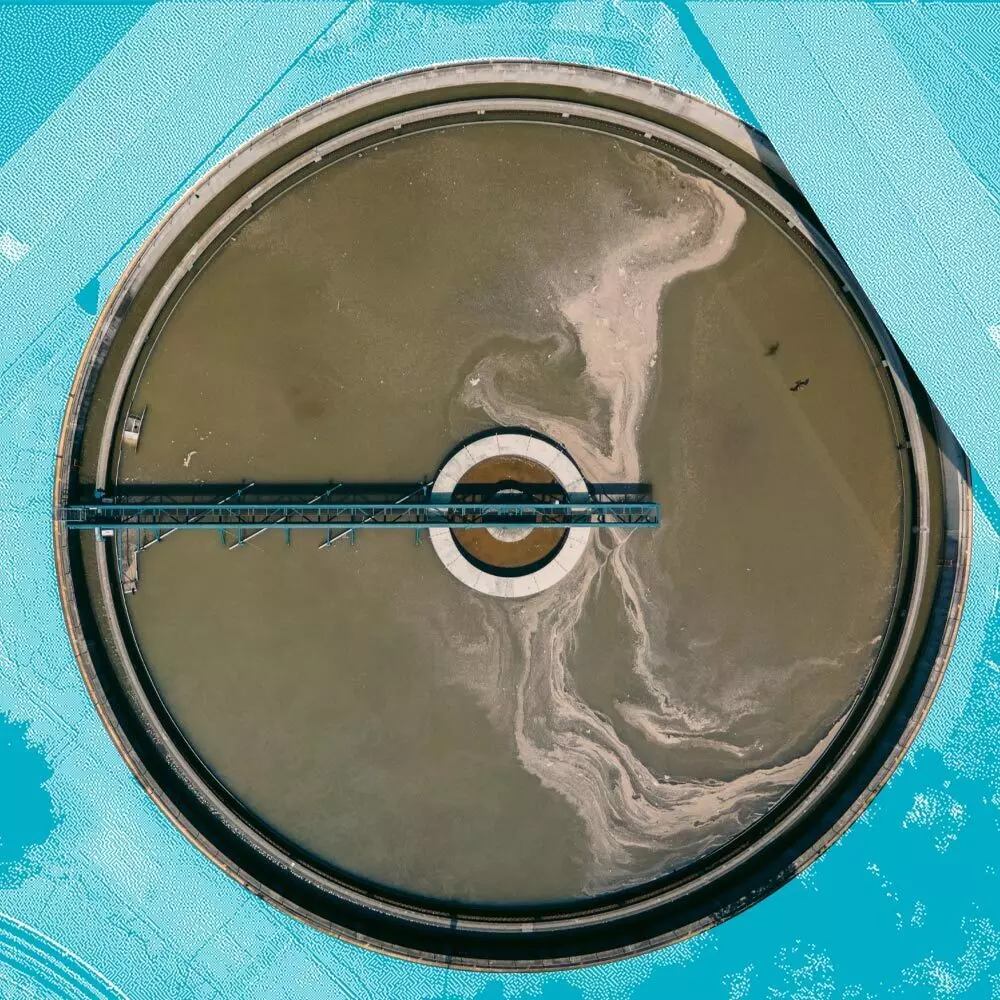
Hero banner custom title
24 hours in a wastewater treatment plant
4 min
Water from the tap, from the shower or bath, from the toilet, from the dishwasher... All this wastewater that we generate every day cannot be released into nature. It is highly polluted and harmful to the environment and to humans! Wastewater treatment is therefore a major public health issue. According to estimates by the World Health Organization (WHO), poor water sanitation is responsible for nearly 432,000 deaths each year. Wastewater must therefore be treated before it is released into the environment. To understand how this works, we went to Avignon, in south-eastern France, to a water treatment plant.
The Courtine wastewater treatment plant, managed by the company Veolia, treats wastewater - from homes, a few industrial plants and rainwater from certain old districts (within the city limits) - of the municipalities of the Greater Avignon area, i.e. 180,000 inhabitants and some 29 million cubic meters of water per year. Let's take an example: Mr. Dupond, who lives in the charming walled city center of Avignon, goes to the bathroom. He flushes. The water thus begins its long journey to the wastewater treatment plant, thanks to the network of pipes that carries the town's wastewater to the Courtine plant, a few kilometers away. In 24 hours, it will be discharged into the Rhône, clean!
The water from Mr Dupond's toilet flush begins its cleaning journey in the pre-treatment room.
“In this tank, screens are used to remove leaves, paper, bits of plastic, etc.”
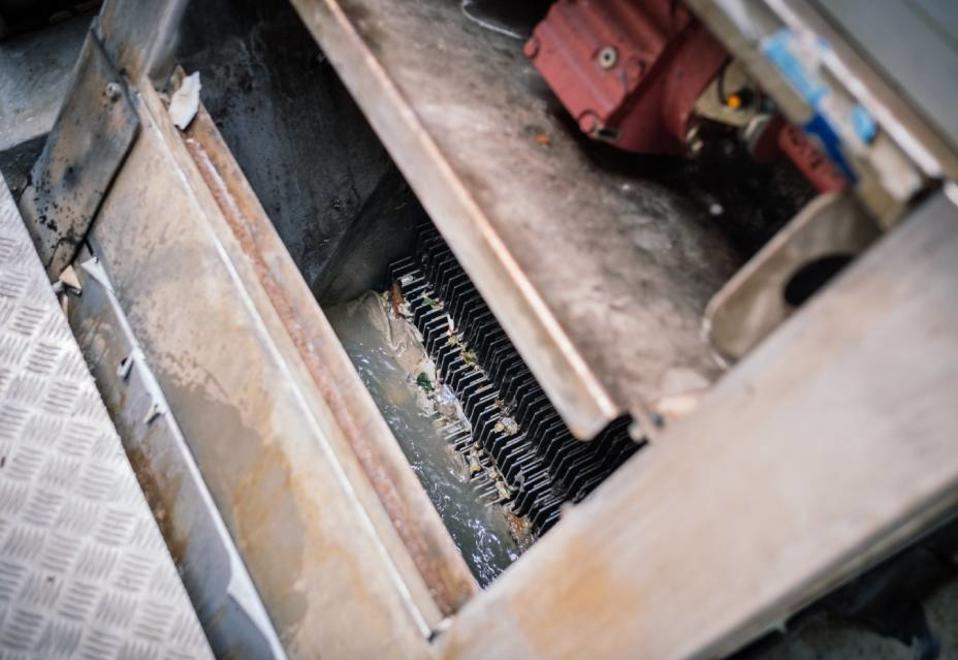
“Certain items such as wipes are a big problem, because they clog up the systems, which produces a chain of malfunctions, so they should not be thrown in the toilet but in the bin”, he warns.
Grease that remains on the surface is scraped off and treated separately, and heavier waste such as sand falls to the bottom, where it is sucked up. The latter is collected for recycling. “For optimal sorting, we must also avoid throwing frying oils, for example, into the toilet or the sink, because they clog up everything”, Reynald de Guili, the site manager, stresses as he closes the door.
A few hours later, wastewater, freed of its biggest waste components, is channeled through large pipes into one of the plant's four biological basins. Each of them can hold 22 million liters, the equivalent of nine Olympic-sized swimming pools!
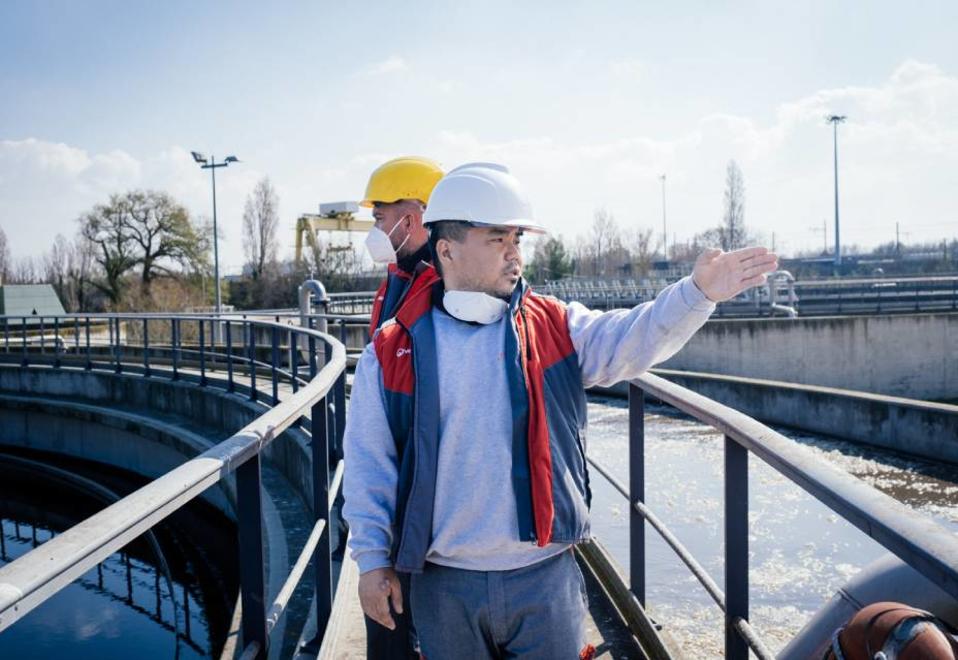
The station “works like nature, only faster” , smiles Reynald de Guili. In fact, the facility is inspired by the natural functioning of a river, as it normally has a self-cleansing capacity for biological waste. “This is where the bulk of the treatment takes place”, he explains, pointing to the surface of the basin. The water first enters the aeration zone, which runs all around the basin and is supplied with oxygen. This speeds up the work of the bacteria that “eat” the organic compounds.
It is then transferred to the area in the center of the basin, known as the “clarifier” - 5 meters deep and 45 meters in diameter – “where the sludge settles, falling naturally to the bottom and recovered to be recycled as compost or to feed our new methaniser, which transforms it into gas, while the clean water remains on the surface”, explains Léon Thao, the operator. Then the water, which is now cleaner, is released into the natural environment.
“Europe dictates the general rules, but below that, the level of treatment depends on the receiving environment - river, sea, fragile river, etc.”
The Avignon plant is a biological wastewater treatment plant (WWTP), which treats biological waste. But there are also plants that use physico-chemical treatments, which are more suitable for major industrial effluents. In the case of discharges into a sensitive environment, such as bathing water for example, a third treatment (disinfection) can also be carried out in a suitable structure. To monitor the evolution of the “cleanliness” of the water, samples are regularly analyzed in the laboratory.
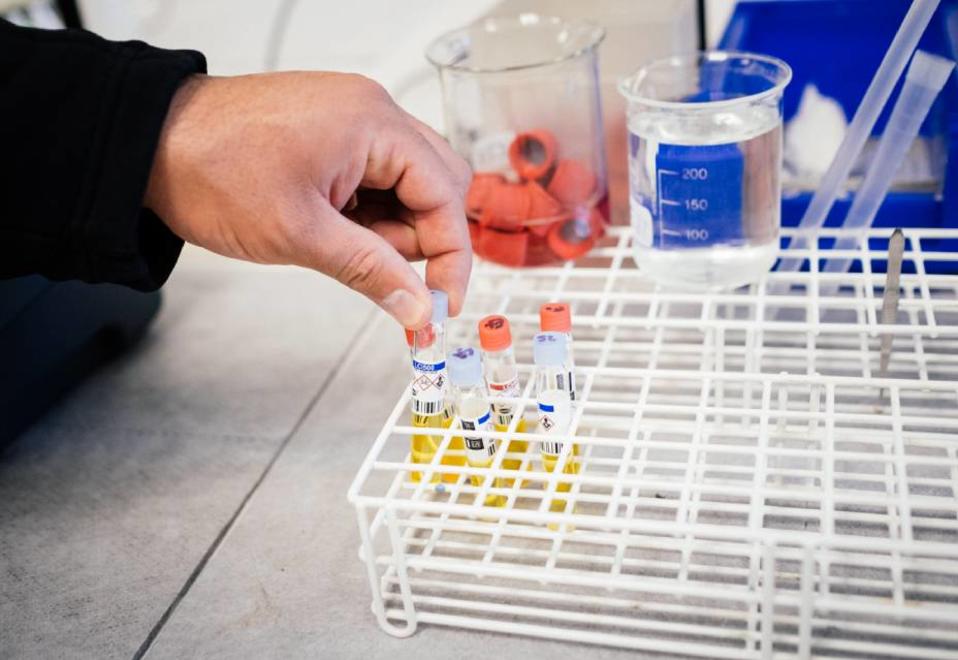
The Courtine water treatment plant is located on the first floor of the administration building. “In total, we carry out 156 analytical controls per year, which makes it possible, among other things, to control the pollution that enters and the cleanliness of the water that exits, i.e. whether it complies with the standards in force”, Reynald de Guili points out. The Courtine water treatment plant also works in collaboration with local authorities to identify sectors that are likely to emit non-biodegradable pollution such as weed killers, hydrocarbons or other pollution and to be able to trace the source.
Once all these steps have been completed, the water is considered “clean”. It is released back into the river, the Rhône, where it is reunited with fish and aquatic flora, all the way back to the sea.






